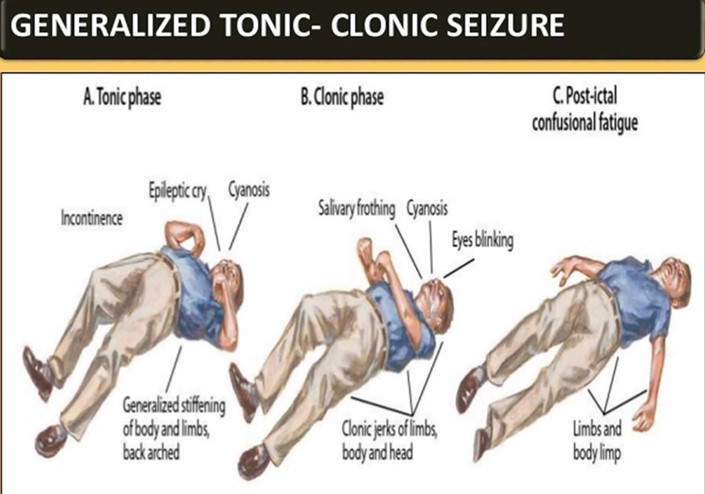The practical nurse (PN) believes that a prescription for a child is incorrect because the dosage prescribed is the usual adult dosage. Which action should the PN take?
Tell the pharmacy to send an accurate child's dosage
Ask another nurse if adult dosages are ever given to children
Call the healthcare provider and clarify the prescription
Request verification of the prescription by the charge nurse
The Correct Answer is C
The correct answer and explanation is:
c) Call the healthcare provider and clarify the prescription.
This is the action that the PN should take if they believe that a prescription for a child is incorrect because the dosage prescribed is the usual adult dosage. Calling the healthcare provider and clarifying the prescription is the safest and most effective way to prevent medication errors and ensure the child's safety.
The PN should not administer the medication until they are sure that it is correct and appropriate for the child.
a) Tell the pharmacy to send an accurate child's dosage.
This is not the action that the PN should take if they believe that a prescription for a child is incorrect because the dosage prescribed is the usual adult dosage. Telling the pharmacy to send an accurate child's dosage is not appropriate, as it may cause confusion, delay, or conflict with the healthcare provider's orders. The PN should not assume that they know the correct dosage for the child without consulting with the healthcare provider.
b) Ask another nurse if adult dosages are ever given to children.
This is not the action that the PN should take if they believe that a prescription for a child is incorrect because the dosage prescribed is the usual adult dosage. Asking another nurse if adult dosages are ever given to children is not helpful, as it may not provide accurate or reliable information. The PN should not rely on another nurse's opinion or experience without verifying it with the healthcare provider.
d) Request verification of the prescription by the charge nurse.
This is not the action that the PN should take if they believe that a prescription for a child is incorrect because the dosage prescribed is the usual adult dosage. Requesting verification of the prescription by the charge nurse is not necessary, as it may waste time and resources. The PN should be able to communicate directly with the healthcare provider and clarify any doubts or concerns about the prescription.
Nursing Test Bank
Naxlex Comprehensive Predictor Exams
Related Questions
Correct Answer is C
Explanation
The correct answer is choice c. Ensure that the call bell is easily accessible to the client.
Choice A rationale:
Reassuring the client that someone will check on him hourly is supportive but does not directly address the immediate need for the client to call for assistance if he needs to use the bathroom during the night.
Choice B rationale:
Placing fresh water and a glass within reach is helpful for hydration but may increase the need to urinate, which could exacerbate the issue of urinary frequency at night.
Choice C rationale:
Ensuring that the call bell is easily accessible allows the client to quickly and safely request assistance if he needs to use the bathroom, reducing the risk of falls and ensuring timely help.
Choice D rationale:
Offering an evening snack before providing oral care is a good practice for comfort and nutrition but does not directly address the issue of urinary frequency or the need for nighttime assistance.
Correct Answer is ["A","D","E"]
Explanation
The correct answers are:
a) Observe the progression of the seizure.
- Pad the side rails with pillows.
- Loosen clothing around the neck.
Explanation: During a generalized tonic-clonic seizure, it is important for the practical nurse (PN) to prioritize the safety and well-being of the child. The correct actions to implement immediately are:
a) Observe the progression of the seizure: The PN should closely observe the seizure to gather important information that can be helpful for medical professionals in assessing the seizure's characteristics and duration.
- Pad the side rails with pillows: Padding the side rails of the bed with pillows helps to prevent the child
from injuring themselves by hitting the side rails during the seizure.
- Loosen clothing around the neck: Loosening any tight clothing around the child's neck helps to ensure adequate breathing and prevent any constriction or discomfort during the seizure.
- Hold the extremities close to the body: This action is not recommended during a seizure as it may increase the risk of injury to the child or the PN.
- Insert a tongue blade between the teeth: It is not recommended to insert any object, including a tongue blade, between the teeth of a person experiencing a seizure. This can cause injury to the person's mouth or teeth and is no longer considered an appropriate intervention for seizures.

Whether you are a student looking to ace your exams or a practicing nurse seeking to enhance your expertise , our nursing education contents will empower you with the confidence and competence to make a difference in the lives of patients and become a respected leader in the healthcare field.
Visit Naxlex, invest in your future and unlock endless possibilities with our unparalleled nursing education contents today
Report Wrong Answer on the Current Question
Do you disagree with the answer? If yes, what is your expected answer? Explain.
Kindly be descriptive with the issue you are facing.
